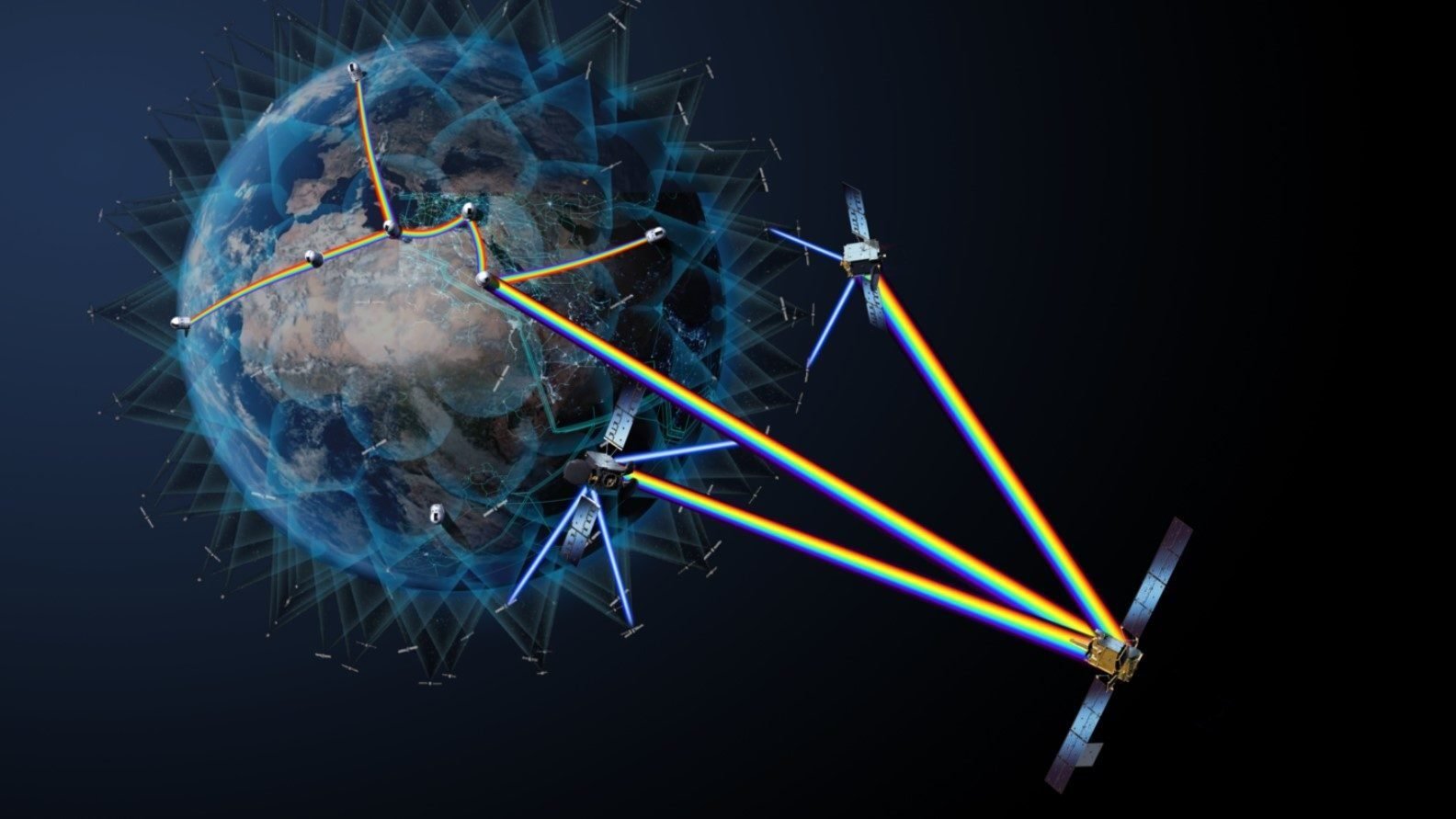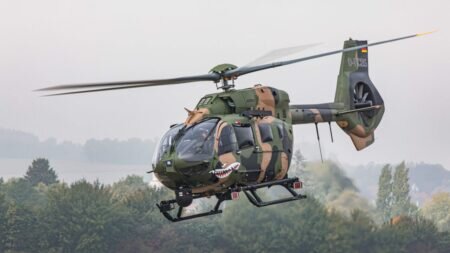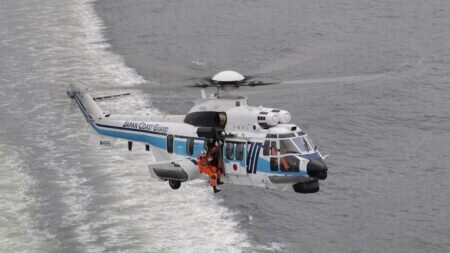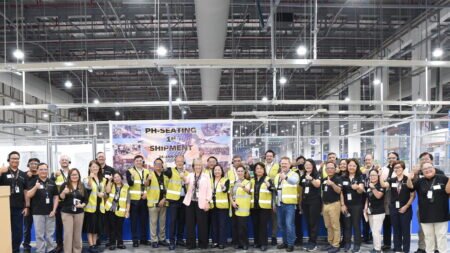Airbus Defence and Space and partners Tesat, Fraunhofer HHI, Fraunhofer FOKUS, DLR-IKN, ADVA and COLT recently kicked-off two projects to develop a System Simulator Testbed and to study the implementation of a HydRON Demonstration System. The Telecommunications and Integrated Applications Directorate [TIA] of the European Space Agency (ESA) is funding both.
The objective of the HydRON Demonstration System is to push the development and validation of the HydRON “Fibre in the Sky” technology integrated into terrestrial networks at terabit-per-second capacity to pave the way for a realisation of the HydRON system vision by demonstrating:
- the end-to-end system, including critical key technologies and a minimum viable service
- networking capabilities including seamless integration in high capacity terrestrial networks
- operational concept, reflecting an expandable HydRON concept
The demonstration system study (Phase A/B1) will last 18 months to propose an implementation concept for an end-to-end demonstrator of the HydRON vision, tentatively composed of two space-based laser communication payloads in LEO and GEO, interconnecting with each other, several optical ground stations and the terrestrial fibre optics network. Key objectives of the study will be to:
- consolidate mission and system requirements and define potential service scenarios
- define the system architecture, its main constituents and associated concept of operations
- demonstrate technical and programmatic feasibility
- prepare and plan the demonstrator implementation phase, incl. technical pre-developments
Study completion by mid-2023 shall serve as the technical and planning basis for the subsequent HydRON demonstration system implementation phase (Phase B2/C/D/E1) with a launch in 2026.
The consortium has been awarded a second contract to develop a HydRON System Simulator Testbed to:
- consolidate HydRON vision, system functionalities & end-to-end system architecture
- support HydRON Demonstration System trade-offs and baseline selection
- verify optical communications network solutions and technologies in a representative end-to-end network involving satellites and interfaces with high capacity terrestrial networks
- evaluate performance of optical satellite networks in scenarios with many degrees of freedom and under a large number of stochastic environment variables









